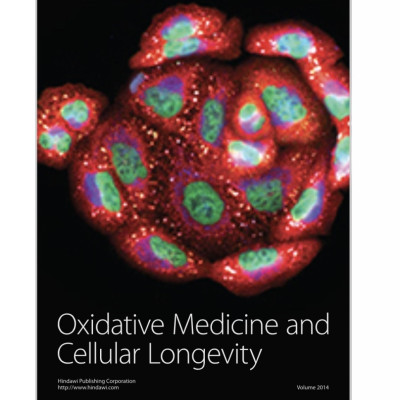Publication
Modulation of antioxidant potential with coenzyme Q10 suppressed invasion of temozolomide resistant rat glioma in vitro and in vivo
S. Stojkovic, A. Podolski-Renic, J. Dinic, T. Stankovic, M. Jovanovic, S. Hadžic, J.M. Ayuso, M. Virumbrales-Muñoz, L.J. Fernández, I. Ochoa, V.M. Perez-Garcia, M. Pešic
Oxidative Medicine and Cellular Longevity 2019, 3061607 (2019)
MOLAB authors
Abstract
The main reasons for the inefficiency of standard glioblastoma (GBM) therapy are the occurrence of chemoresistance and the invasion of GBM cells into surrounding brain tissues. New therapeutic approaches obstructing these processes may provide substantial survival improvements. The purpose of this study was to assess the potential of lipophilic antioxidant coenzyme Q10 (CoQ10) as a scavenger of reactive oxygen species (ROS) to increase sensitivity to temozolomide (TMZ) and suppress glioma cell invasion. To that end, we used a previously established TMZ-resistant RC6 rat glioma cell line, characterized by increased production of ROS, altered antioxidative capacity, and high invasion potential. CoQ10 in combination with TMZ exerted a synergistic antiproliferative effect. These results were confirmed in a 3D model of microfluidic devices showing that the CoQ10 and TMZ combination is more cytotoxic to RC6 cells than TMZ monotherapy. In addition, cotreatment with TMZ increased expression of mitochondrial antioxidant enzymes in RC6 cells. The anti-invasive potential of the combined treatment was shown by gelatin degradation, Matrigel invasion, and 3D spheroid invasion assays as well as in animal models. Inhibition of MMP9 gene expression as well as decreased N-cadherin and vimentin protein expression implied that CoQ10 can suppress invasiveness and the epithelial to mesenchymal transition in RC6 cells. Therefore, our data provide evidences in favor of CoQ10 supplementation to standard GBM treatment due to its potential to inhibit GBM invasion through modulation of the antioxidant capacity.














